Humanity has always loved a good fight, and these famous Roman Gladiators were elite at a time when their sport was much more brutal than what we see in modern times.
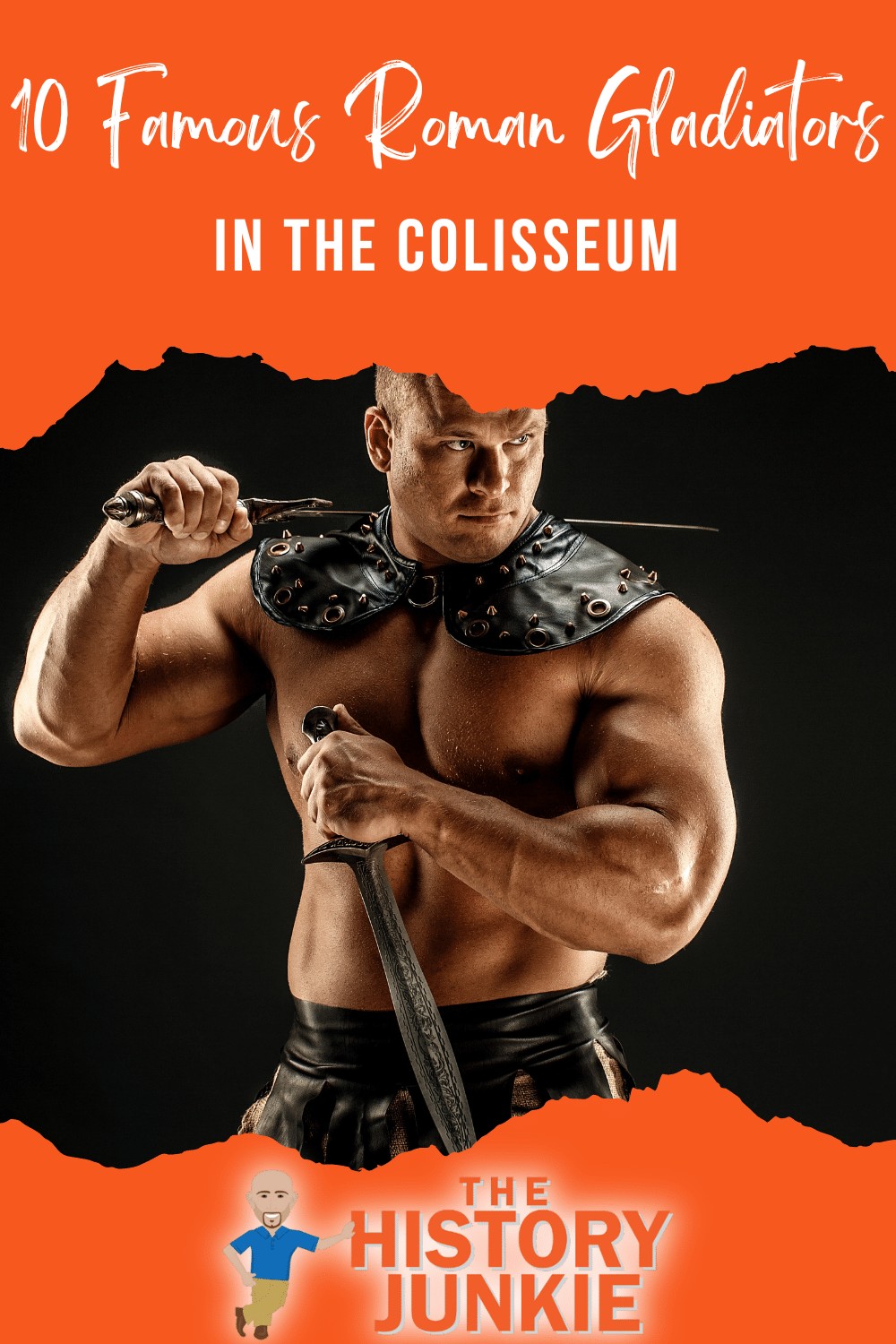
While many gladiators did fight to the death, many did not. They fought to draw and surrender, and sometimes, the crowd would decide who lived and died.
Also Read: Famous Romans That Helped Mold an Empire
It was a brutal sport, and the lifespans of those who fought were short.
Jump to:
1. Spartacus
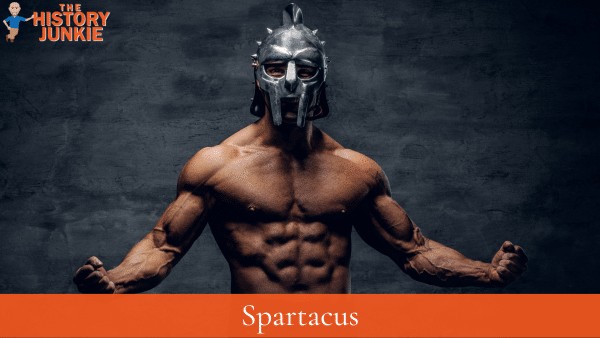
Spartacus was a Thracian gladiator who led a slave revolt against the Roman Republic in 73–71 BC. He was captured by the Romans and sold into slavery, where he was trained to be a gladiator.
Spartacus escaped from a gladiatorial school in Capua along with other slaves and led them on a campaign throughout southern Italy.
The revolt was eventually crushed by the Romans, but Spartacus remains a popular figure in popular culture.
Spartacus was a skilled warrior and leader. He was able to unite the slaves and inspire them to fight for their freedom. He also showed great strategic and tactical skills in leading his forces against the Romans. However, he was ultimately defeated by the Romans, who were better equipped and had more resources.
The Spartacus revolt was a major event in Roman history.
It overshadows his ability as a gladiator due to its place in history. He is considered the greatest gladiator of all time by many.
2. Flamma
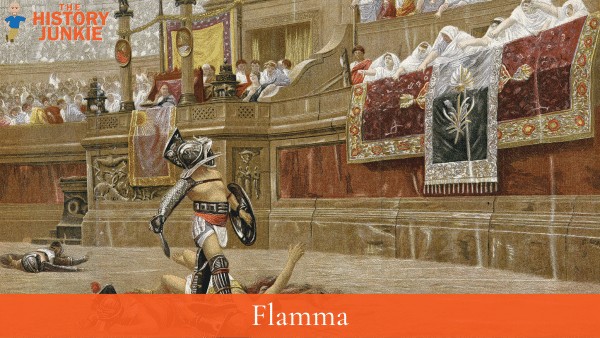
Flama's origins are unknown. He may have been a Syrian revolutionary or a dissatisfied Roman auxiliary. Most likely, he was forced into slavery and then into a gladiatorial school.
He fought as a secutor, a type of gladiator in Rome who typically fought against retiarii.
Gladiators who showed great skill and bravery were granted retirement or freedom, symbolized by a wooden baton known as the radius. Flamma was awarded the rudius four times, but he refused each time and chose to remain a gladiator.
Flama fought in more matches than most gladiators. Some, like Purricina Iuvenus and Glaucus of Modena, fought only 5 or 7 times.
Flamma fought 34 times and won 21 of them. He also lived to a relatively old age for a gladiator, dying at age 30 while many died in their early 20s.
3. Marcus Attilius
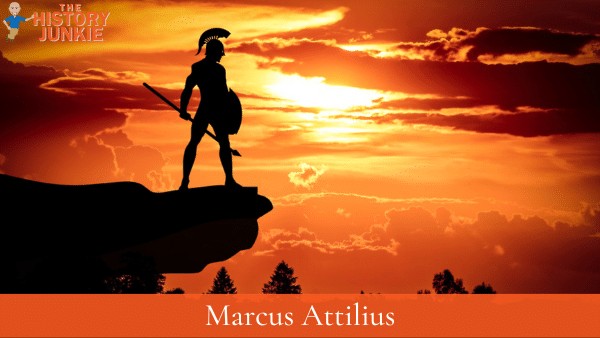
Marcus Attilius was a free-born Roman who enrolled in a gladiator school of his own volition. This made him part of a small but elite pool of gladiators who volunteered to fight.
To make matches as equal as possible, Roman overseers generally assigned gladiators to compete against people of roughly similar experience levels. However, when Marcus Attilius first stepped into an amphitheater in Pompeii as a "tiro" (a new gladiator), he was matched against Hilarus, a veteran fighter who had won 12 out of 14 matches in his career.
In a stunning performance, the young Marcus Attilius not only fought Hilarus to surrender but, in his next battle, defeated another 12-time-winning gladiator.
These back-to-back upsets prompted Pompeiian graffiti artists of the time to memorialize his achievement.
While Attilius was likely not widely known across the Roman Empire, his renown in Pompeii came at a convenient historical moment. In 79 AD, just a few decades after Attilius's fights, Mount Vesuvius erupted and buried the city and its graffiti-preserving his legacy for centuries.
4. Verus

Verus was a famous gladiator who fought during the reigns of the Roman Emperors Vespasian and Titus in the 1st century AD.
His fight against Priscus was the highlight of the opening day of the games held by Titus to inaugurate the Flavian Amphitheatre (later known as the Colosseum) in AD 80.
The fight was so impressive that it was recorded in a poem by Martial, the only detailed description of a gladiatorial fight that has survived to this day.
Both gladiators fought bravely, and neither was able to defeat the other. In a unique outcome, Emperor Titus declared both gladiators victorious and granted them their freedom.
5. Priscus

Priscus was a Roman gladiator of Celtic origins who fought in the late 1st century AD. He was one of the most popular gladiators of his time, and his fight against Verus was the highlight of the opening day games sponsored by Titus to inaugurate the Flavian Amphitheatre in AD 80.
The fight was so impressive that it was recorded in a poem by Martial, the only known detailed description of a gladiatorial fight that has survived to this day.
The poem describes how Priscus and Verus fought bravely and evenly, neither one able to defeat the other. In a unique outcome, Emperor Titus declared both gladiators victorious and granted them their freedom.
This event was a rare occurrence, as gladiators were typically killed or enslaved if they were defeated. However, Titus was impressed by the skill and bravery of both Priscus and Verus, and he decided to grant them their freedom as a reward.
6. Carpophorus
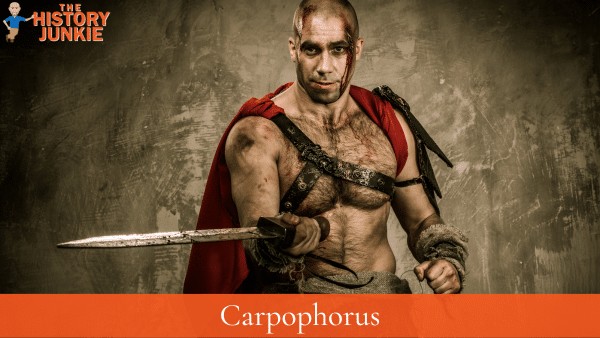
While most on this list were known for their ability to fight human opponents, there were some gladiators who made themselves famous for their ability against animals. Carpophorus fell into this category.
Growing up in poverty, he rose through the ranks as a talented bestiary and fought in the grand opening of the Flavian Amphitheatre (the Roman Colosseum in Rome), defeating a bear, lion, and leopard in a single fight.
His most famous battle was when he killed 20 different beasts in a single match.
7. Spiculus

Spiculus's first appearance in the arena was a stunning one. He defeated the veteran gladiator Aptonetus, a free Roman who had attended Capua's gladiator school and had a 16-match winning streak.
This impressive victory caught the attention of Nero, the notorious Roman emperor, who took a liking to the young gladiator.
Spiculus and Nero soon grew close, and the emperor showered him with gifts and privileges.
When Nero went mad, he requested that Spiculus kill him, but he passed away suddenly before the gladiator could get to him.
8. Crixus

Crixus was a brave and skilled gladiator who was known for defeating opponents much bigger than him. He was a popular figure in the arena of Capua, but he eventually tired of the gladiatorial school and escaped to join Spartacus's army of runaway slaves.
Crixus served as Spartacus's right-hand man and helped to develop the tactical battle strategies that were used against the Roman forces. In 73 BC, Crixus and 30,000 of his supporters broke away from Spartacus's army. There are two main theories about why they did this.
One theory is that Crixus and his followers wanted to wreak havoc in Southern Italy as revenge against the Roman elite.
The other theory is that Spartacus and Crixus agreed to split up temporarily so that they could attack the Romans from different sides. However, this plan never came to fruition because Crixus was killed in battle.
9. Oenomaus
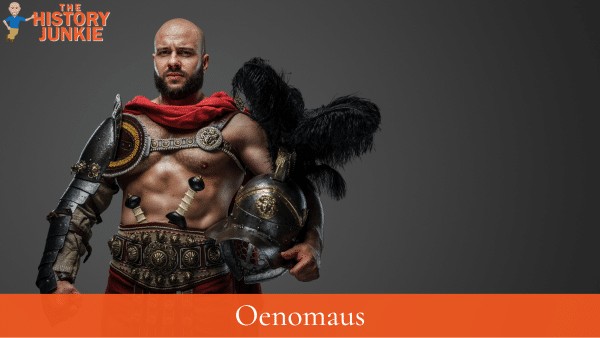
Oenomaus was a Gallic gladiator who escaped from the gladiatorial school of Lentulus Batiatus in Capua. He became one of the leaders of the rebellious slaves during the Third Servile War (73–71 BC), along with Spartacus, Crixus, Castus, and Gannicus.
Oenomaus was involved in one of the first major successes of the slave army, the defeat of the praetor Gaius Claudius Glaber, who had tried to lay siege to the slave army near Mount Vesuvius.
He was killed in an early battle, possibly during the winter of 73–72 BC, when the slave armies were plundering cities and towns in the south of Italy.
10. Urbiceus
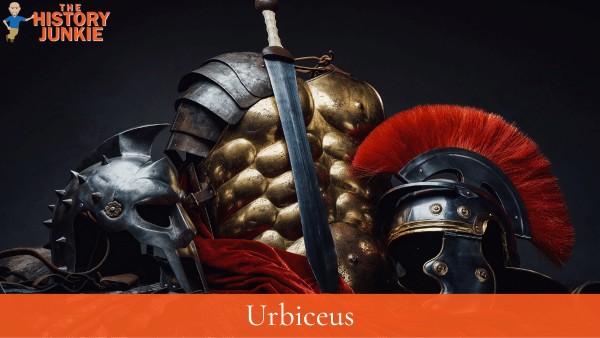
Urbiceus was a champion gladiator who had survived 13 fights. He was a primus palus, the highest rank a gladiator could achieve. Urbicus was also a family man.
His gravestone shows that he was married to a woman named Lauricia for 7 years and had two young daughters, Olympia and Fortunensis.
Urbiceus's name suggests that he was originally a slave. However, by the time he died, he was a freeman. This is evident from the fact that he was married, as slaves were not allowed to marry.
The fact that Urbicus was a freeman and a family man shows that he had achieved a certain level of success in his life. He was a skilled gladiator who had earned the respect of his peers and the love of his family.
